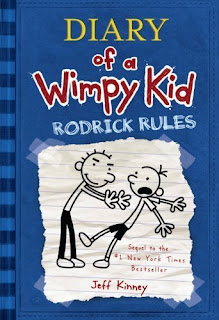AMAZING AUDIOBOOKS FOR YOUNG ADULTS, 2009
Scott, E. (2009). Living dead girl.
This audiobook was hauntingly as told by narrator, Kate Reinders. She was lovely as she portrayed young Alice, a girl abducted by the perverted Ray. In his clutches for five years she wants nothing more to escape. With eloquence of voice, each character is distinctively narrated and the listener can distinguish easily between personalities. My favorite character, of course, is Alice, abused sexually, physically, and emotionally. The listener will fight for Alice and won’t even blame her when she willingly goes along with Ray to abduct another girl. She is fighting for her life and the listener fights along with her. Is it a book for every teen? No, but for any teen struggling with abuse or for those empathetic enough to listen to it, it is an important book. It could easily be introduced into a select audience as a booktalk, it is graphic, emotional, and raw. It is a book that will move the listener, it is overly compelling, and it will provoke much thought. It was an audiobook so poignant and emotional, as much as I didn’t want to listen to it I had to know that our protagonist, Alice, would survive.

































